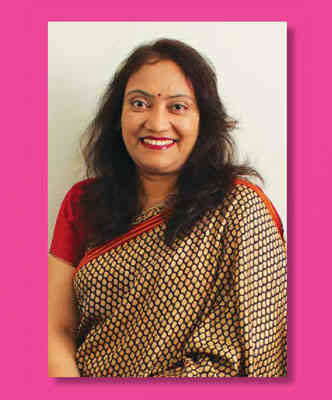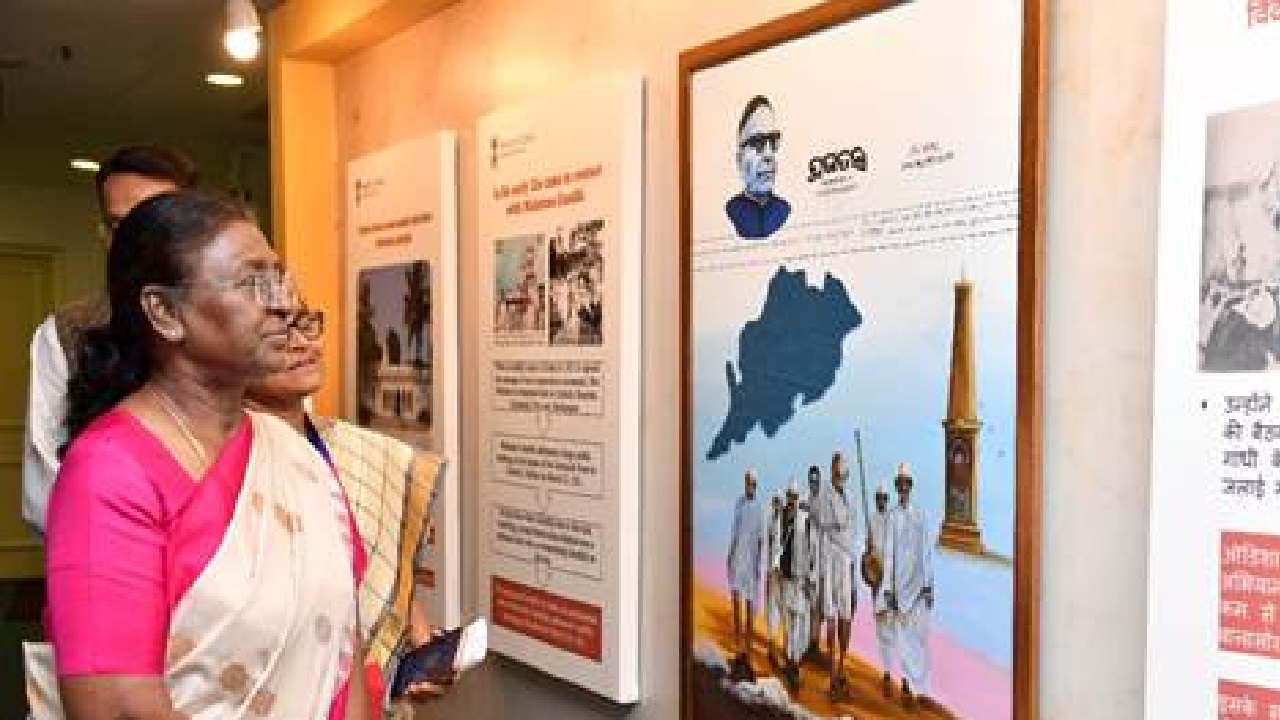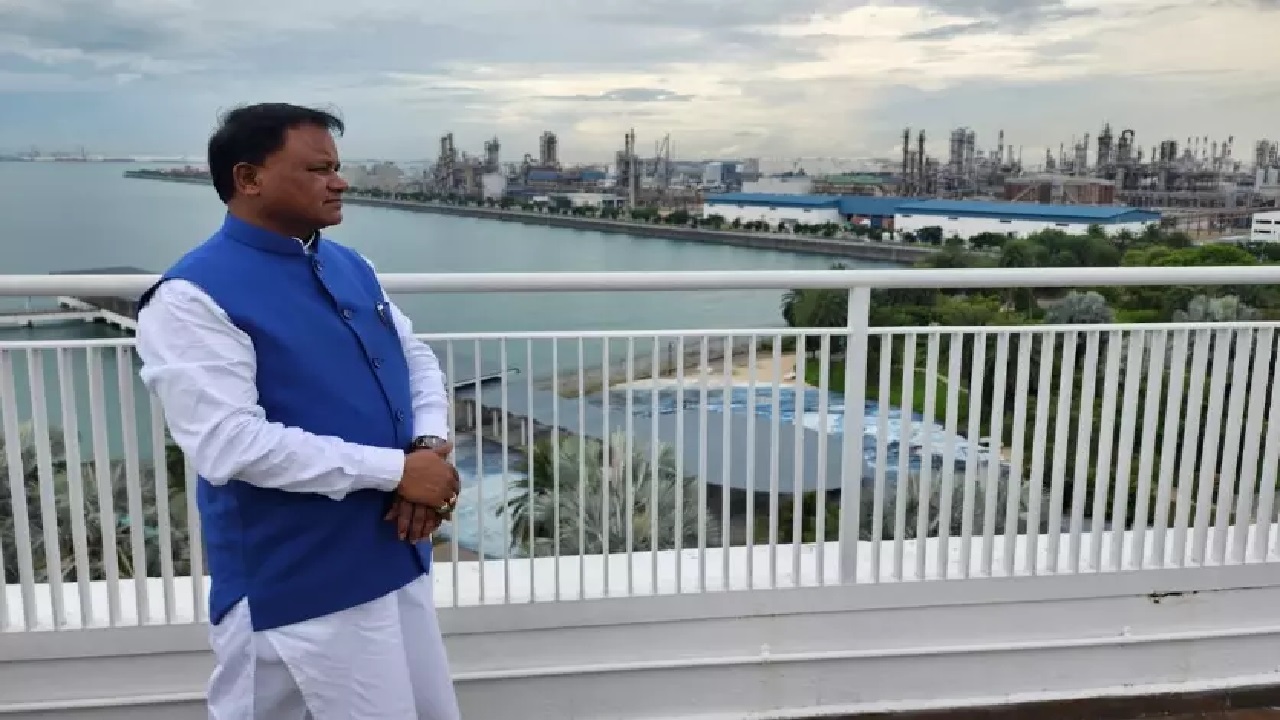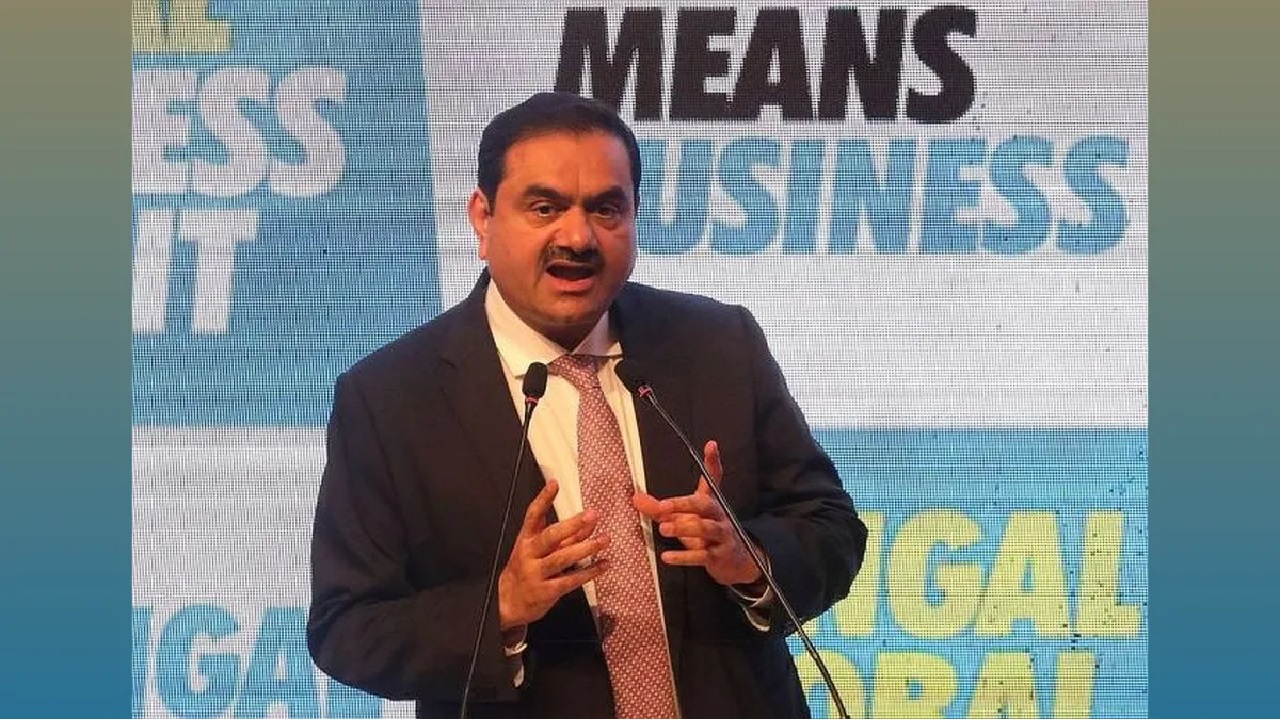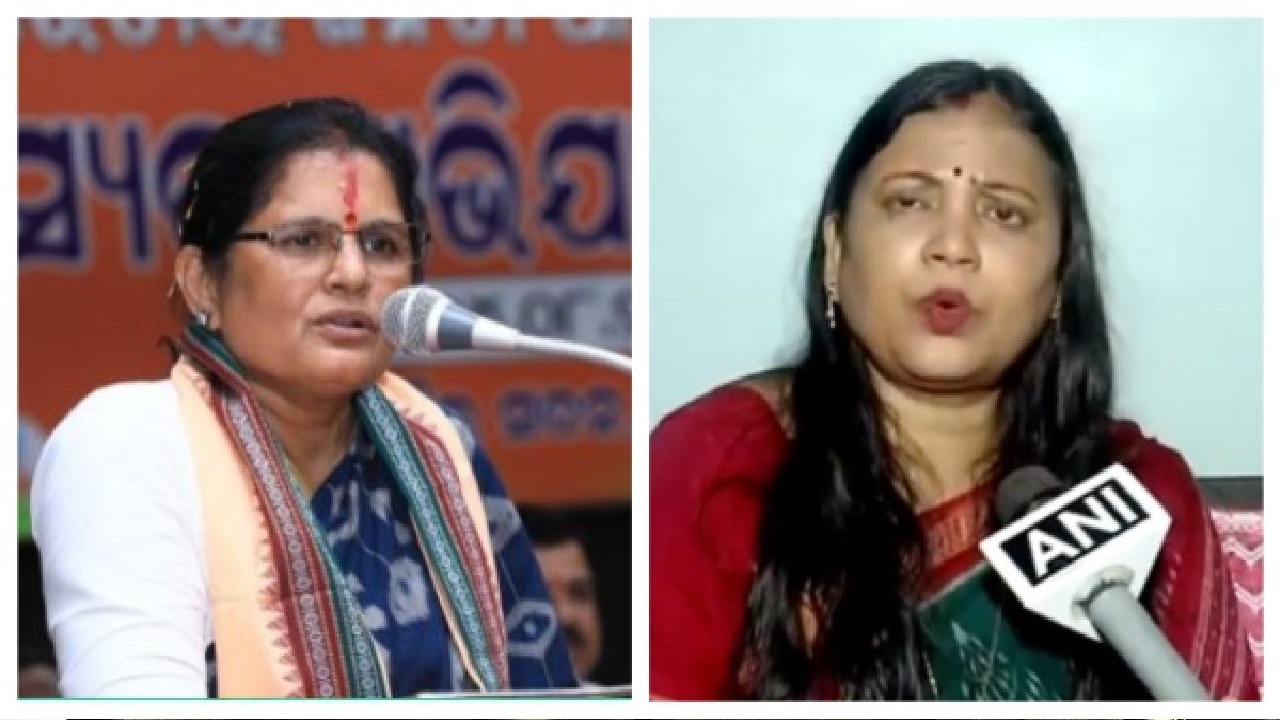
The highly anticipated Subhadra Yojana, a flagship initiative of the Mohan Majhi government, is set to see its first instalment disbursed on September 17, coinciding with Prime Minister Narendra Modi’s birthday. The program, aimed at empowering women, has been lauded by the ruling Bharatiya Janata Party (BJP) as a game-changer for women’s welfare. However, it has also drawn sharp criticism from the opposition Biju Janata Dal (BJD), which has labeled it a “poll stunt” with limited benefits for the women of Odisha.
The Subhadra Yojana Rollout: A Closer Look
Deputy Chief Minister Pravati Parida announced the disbursement date during a party event in Puri, countering criticisms from Leader of Opposition (LoP) Naveen Patnaik regarding the scheme’s guidelines. She revealed that 1.08 crore women have already been included in the beneficiary list, with plans to extend coverage to widows, Divyang women, women artists, and students who are currently receiving allowances and scholarships.
Parida emphasized that the registration process is straightforward, allowing women to enroll through a self-declaration form that requires approval from the local MLA. Eligibility criteria include women who turn 21 by July 1, 2024, and those reaching the age by March 8, 2025, who will also be included.
On the previous day, Chief Minister Mohan Majhi had outlined the financial structure of the scheme, stating that each eligible woman would receive Rs 10,000 annually in two instalments of Rs 5,000. The payments are scheduled for Rakhi Purnima Day and International Women’s Day, providing a total of Rs 50,000 over five years.
Opposition’s Criticism: BJD’s Strong Rebuttal
Despite the BJP’s optimism, the BJD has been vocal in its criticism of the Subhadra Yojana, questioning both its scope and efficacy. Naveen Patnaik accused the BJP of failing to deliver on its promises, highlighting the disparity between the scheme’s coverage and Odisha’s female population. He pointed out that of the state’s 4.5 crore population, nearly half are women, yet the scheme is set to benefit only one crore women.
Patnaik expressed concerns about the limited financial assistance provided, arguing that Rs 5,000 every six months, equating to roughly Rs 800 per month, is insufficient for women who had high expectations from the scheme. He further criticized the government’s financial strategy, alleging that the BJP has taken out loans totalling Rs 50,000 crore to fund the scheme, a debt burden that will ultimately fall on the people of Odisha.
BJD MP Sulata Deo echoed these sentiments, dismissing the Subhadra Yojana as an election gimmick. She likened it to previous unfulfilled promises made by the BJP, such as the creation of 2 crore jobs and the deposit of Rs 15 lakh in every citizen’s bank account. Deo argued that the scheme’s benefits have been drastically reduced from the original promise of Rs 50,000 in two years to Rs 50,000 over five years, which translates to just Rs 10,000 per year.
She also raised concerns about the potential for the government to reclaim the disbursed funds with interest, warning that the scheme could be another empty promise designed to win votes rather than deliver meaningful change. “You cannot build a castle over a pack of lies,” Deo remarked, questioning the long-term viability of the initiative.
The Initial Promise and Current Implementation: A Gap in Expectations
In the lead-up to the simultaneous state assembly and Lok Sabha elections earlier this year, the BJP had promised to provide a Rs 50,000 cash voucher to women within two years under the Subhadra Yojana. This promise was a key part of their election campaign, aimed at securing the votes of women across Odisha.
However, the implementation of the scheme has diverged from the initial promise. Last month, the BJP government allocated Rs 10,000 crore for the scheme in the 2024-25 budget, with a provision to increase funding if necessary. Yet, this amount falls short of the expectations set during the campaign, leading to accusations of the BJP scaling back its commitment.
Eligibility Criteria: Exclusions and Limitations
The scheme’s eligibility criteria have also been a point of contention, with significant exclusions narrowing the pool of beneficiaries. Of Odisha’s 4.74 crore people, approximately 1.14 crore are women aged between 21 and 60 years. However, around 30% of this demographic has been excluded due to various criteria.
Key exclusions include women with a family income exceeding Rs 2.5 lakh, those not covered under national or state food security schemes, elected public representatives in urban local bodies and panchayats (with the exception of ward members and councillors), and employees in state or central government roles, including public sector undertakings. Additionally, women owning more than 5 acres of irrigated land, 10 acres of non-irrigated land, or a four-wheeler vehicle are also ineligible.
A Scheme Under Scrutiny
As the first instalment of the Subhadra Yojana is set to be disbursed, the scheme remains under intense scrutiny. While the BJP promotes it as a major step forward for women’s empowerment, the opposition’s criticisms have cast doubt on its long-term effectiveness and fairness. The coming months will reveal whether the Subhadra Yojana can live up to its promises or if it will remain a contentious issue in Odisha’s political landscape.
(With inputs from agencies)


